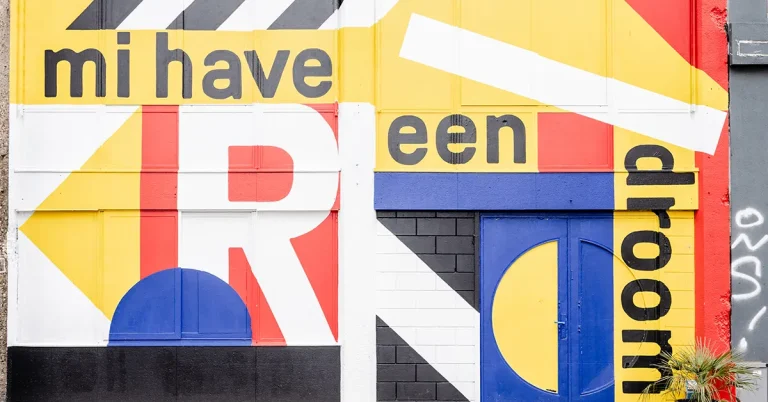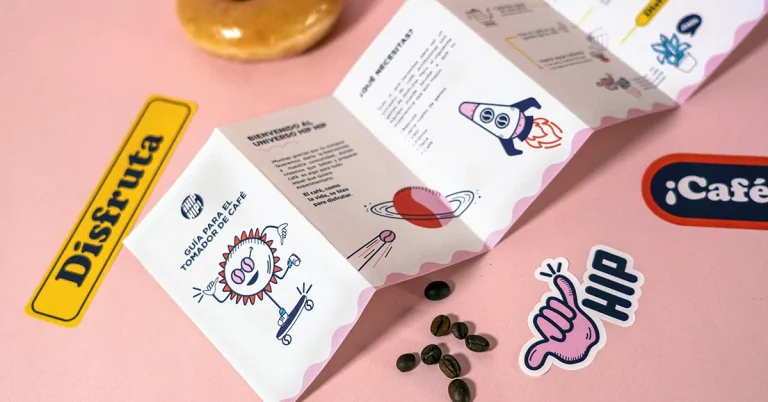Typography is more than just choosing fonts for your text. It is a powerful tool that can help you create a strong visual identity for your brand. The right typography can set the tone, personality, and mood of your brand, and it can also help you convey your message clearly and effectively.
In this blog, we will explore the importance of typography in branding and how it can be used effectively to create a unique and memorable visual identity.
The Role of Typography in Branding:
Typography is a way of communicating with your audience. Each font has its own unique characteristics, and these characteristics can evoke different emotions or messages. For example, a bold and modern sans-serif font might convey a sense of energy and excitement, while a classic serif font might convey a sense of sophistication and elegance.
Establishing Brand Personality:
Typography can help you shape the personality of your brand. If you want your brand to be seen as modern and forward-thinking, you might choose a bold and contemporary font. If you want your brand to be seen as classic and sophisticated, you might choose a traditional serif font.
Enhancing Readability and Communication:
Typography also plays a role in readability and communication. By choosing the right font size, spacing, and line length, you can make your text easier to read and understand. This is important for both online and offline communications.
Creating Visual Hierarchy:
Typography can also be used to create visual hierarchy within your content. By varying the font size, weight, and style, you can guide the reader’s eye and emphasize key information. This makes your content more scannable and easier to understand.
Differentiating from Competitors:
Typography can also help you differentiate your brand from your competitors. By choosing distinctive fonts or customizing existing ones, you can create a unique typographic style that sets you apart. Doing this will make your brand noticeable in a competitive market.
Adapting to Multiple Platforms:
In today’s digital world, your brand needs to be able to adapt to multiple platforms. This means that your typography needs to be scalable and responsive. Your fonts should look good on both desktop and mobile devices, and they should be easy to read on different screen sizes.
Conclusion:
Typography is a powerful tool that can help you create a strong visual identity for your brand. By carefully selecting fonts, considering readability, and maintaining consistency, you can use typography to create a brand that speaks to your audience and leaves a lasting impression.




